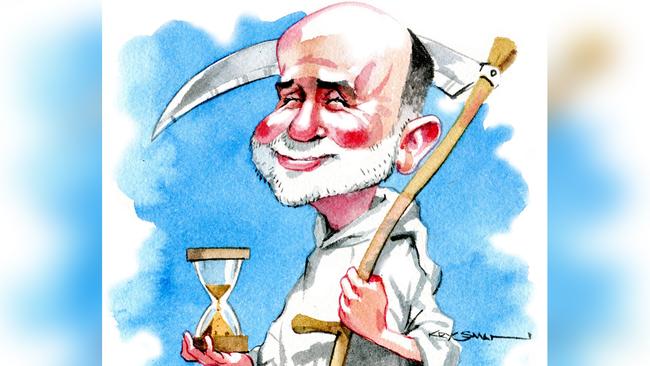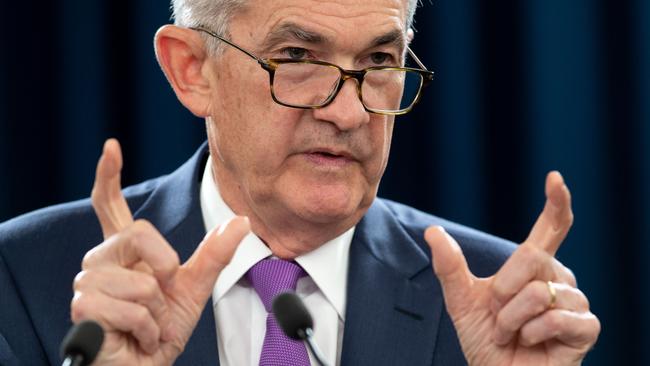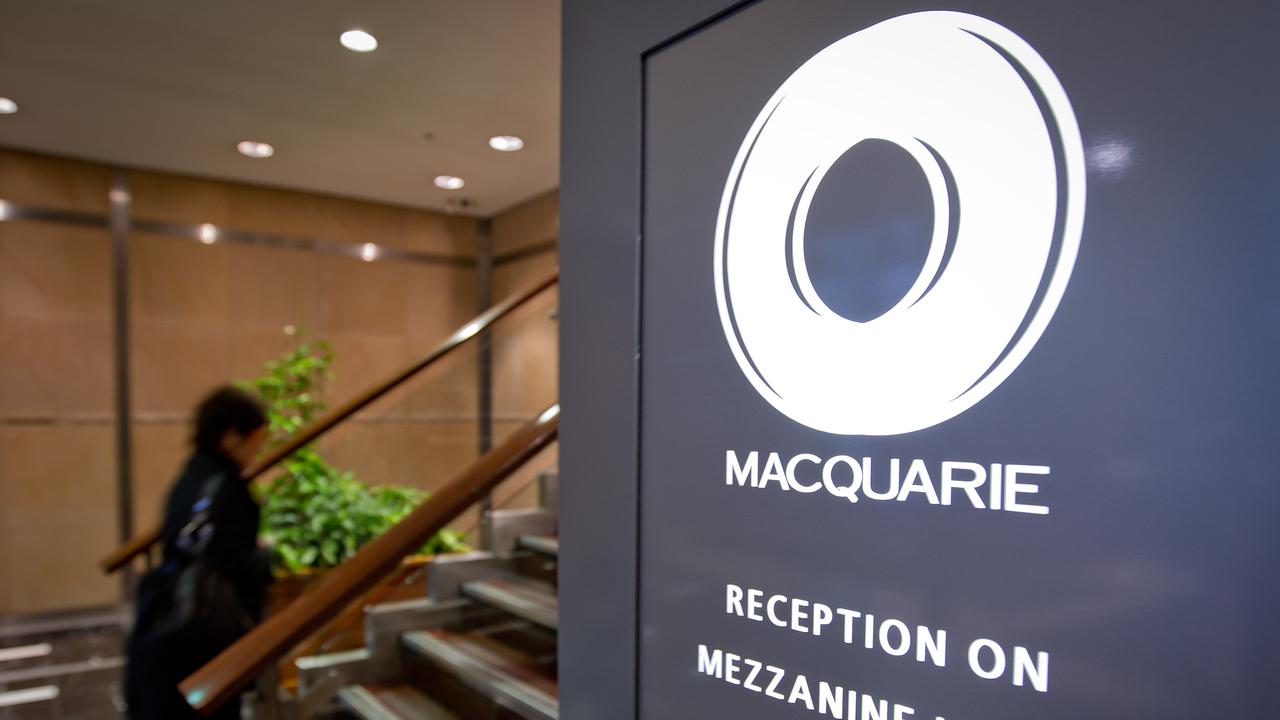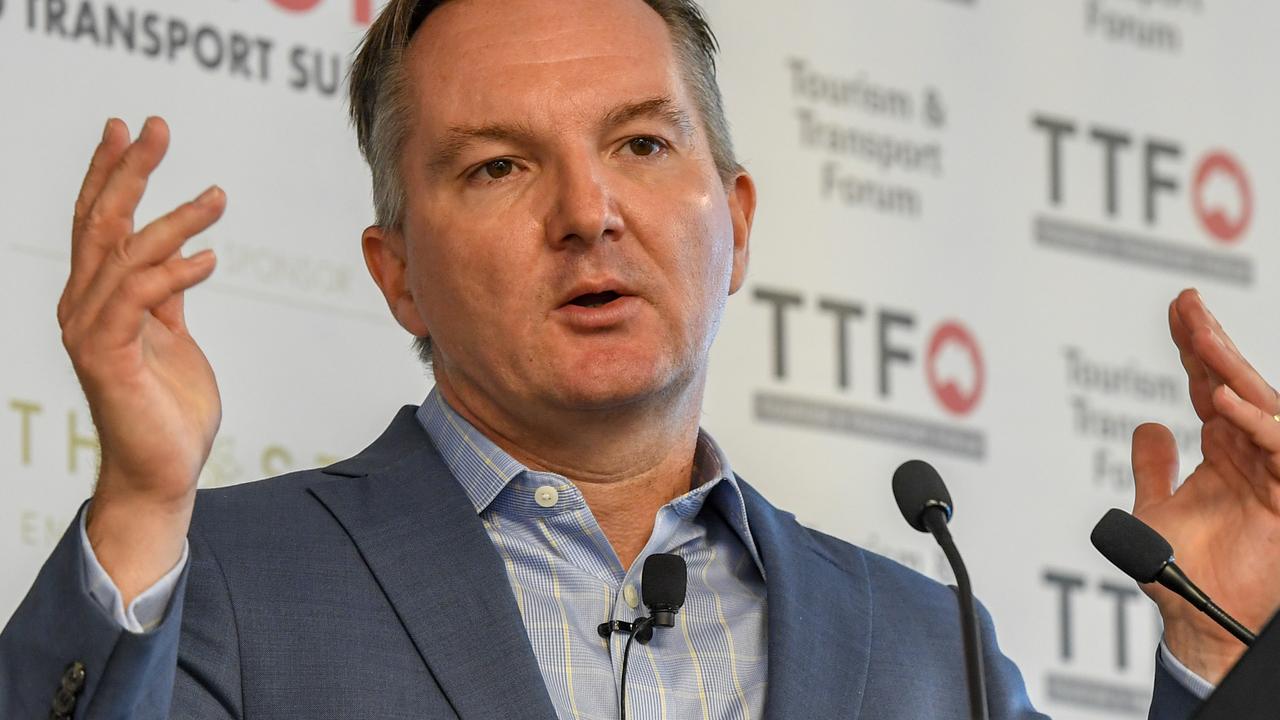Warning signs for Australia from Fed rate rises
Wall Street’s response to the US interest rate hike was an ominous sign for Australia and our struggling housing market.

While there was no surprise in the US Federal Reserve’s interest rate rise, the quick response from the US share market was an ominous sign for Australia and our struggling housing market.
US bank stocks were hammered because it is now highly likely that there will be another rate rise in December and three more in 2019, and that will increase bank borrowing costs which, in a low US inflation economy, they will struggle to pass on.
Our big banks borrow around 35 to 40 per cent of their funds overseas so their costs will also rise although, because of the lessons of the global financial crisis, banks borrow longer term so there will be a delay before the impact hits.
And while we are not looking at huge rate rises, each time there is a small home loan rate rise, over-leveraged borrowers become more nervous. And at some point banks will be enticed by low-cost Australian term deposit rates and long-suffering Australian bank depositors will get some relief.
As I pointed out earlier this week Australia is intensifying its credit squeeze so the housing market faces twin blows--- higher interest rates and less lending. To that we can add the ALP’s plan to lower negative gearing and increase the capital gains tax.
Given the strength of our overall economy we are not looking at a housing collapse but rather the continuation of a gradual decline.

Last weekend in Sydney a couple I know checked out the price of a badly-located inner city house and were told that they had saved $150,000 because of the drop in prices. But the dwelling is still selling for $1.3 million and needs to fall a lot more before they can buy, given the credit squeeze.
My more immediate concern is the US share market. Like Australia the low US interest rates have propelled the values of US shares. But there are signs that profit growth is slowing and international companies that are integrated into China are going to see their costs rise while the trade war continues.
US leaders like Gap, Coca-Cola, General Motors, Wal-Mart, Macy’s and others have said tariffs could force them to raise prices on everyday consumer goods. That’s what the companies hope will happen but they may need to take some of their cost rises against the profit line.
The US Federal Reserve indicates that by 2021 we will see a slowing of the US economy. The people I talk to in the US say that if the Federal Reserve increases interest rates by another one per cent during the remainder of 2018 and in 2019 that the slowdown will come in 2020, not 2021. And former Federal Reserve chairman Ben Bernanke also warns of an economic slowdown in 2020.
A one per cent rise in rates over 15 months will change the value equation for a large number of US shares and that value change will spread to Australia, because our share market follows Wall Street. Bank shares plus property and infrastructure values are in the front line.
In addition it is hard to envisage our local dollar holding at current levels if there is another one per cent US rate rise and we do not go at least part of the way.
Our Reserve Bank understands very well that any official interest rate rises, when added to the flowthrough from US increases, would accelerate our housing fall and force many investors to sell.
While Australians are closely linked to what is happening in the US we should not forget that in actual trade terms we are much closer to Asia and China than to the US.
In the last few months we have seen a noticeable rise in Asian student interest in Australia. Our lower dollar has helped but so too have the new attitudes of the US, which makes its education less attractive to the Chinese. Usually when student numbers rise tourism follows.
In addition China is looking at our gas.
The Chinese have slashed their buying of Australian dwellings and this has been the main factor in the 20 per cent fall in the value of inner city apartments, particularly in Sydney.
If the Chinese return--- and that’s a big if -- there will be an offsetting force to the downward pressure created by the higher interest rates and the credit squeeze.
The one surprise in the reactions to the Federal Reserve announcement was the actual small fall in the US 10-year bond rate---but at 3.06 per cent its still above the benchmark rate of three per cent. It had risen strongly in the days leading up to the announcement so the fall could be a reaction.
But I suspect the bond traders believe that the experience of Ben Bernanke will count in the forecasting game and the US downturn will take place in 2020, which will makes bonds look more attractive.
And 2020 happens to be the US presidential election year.




